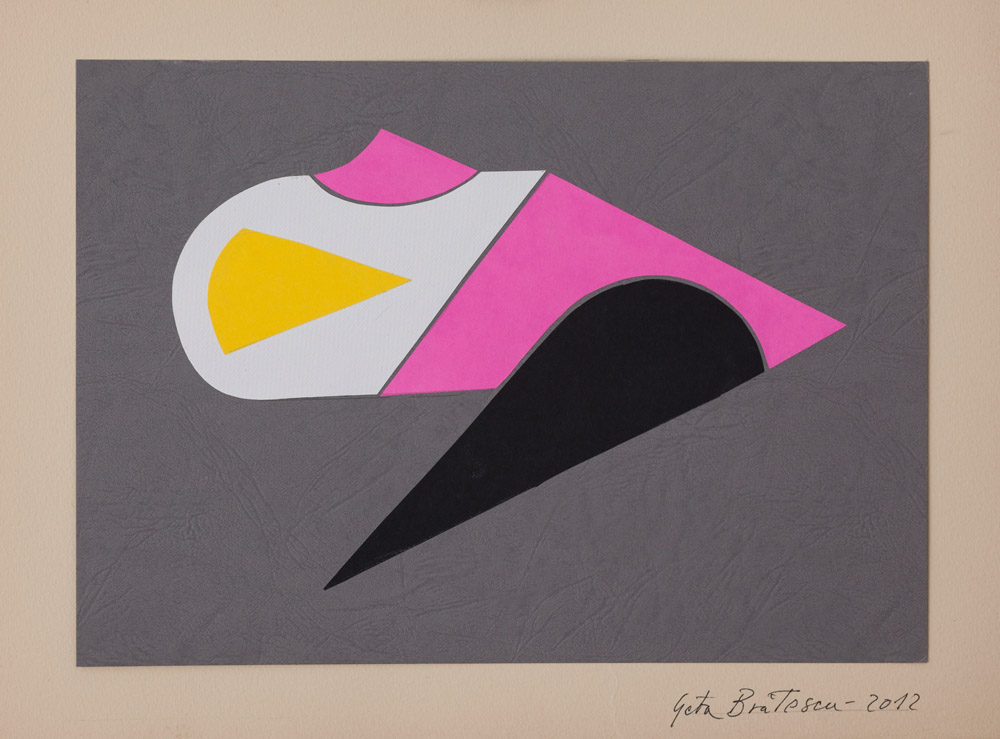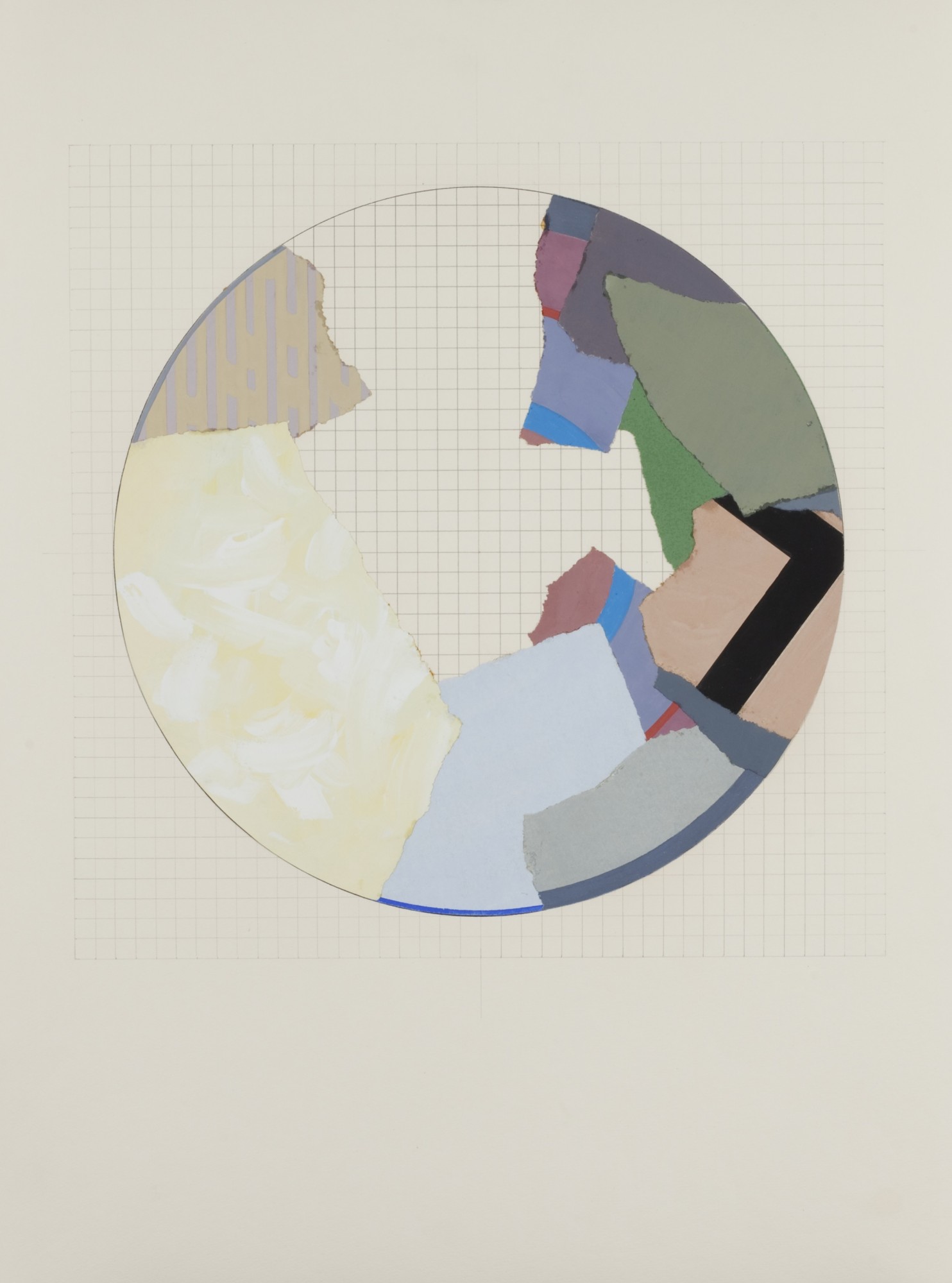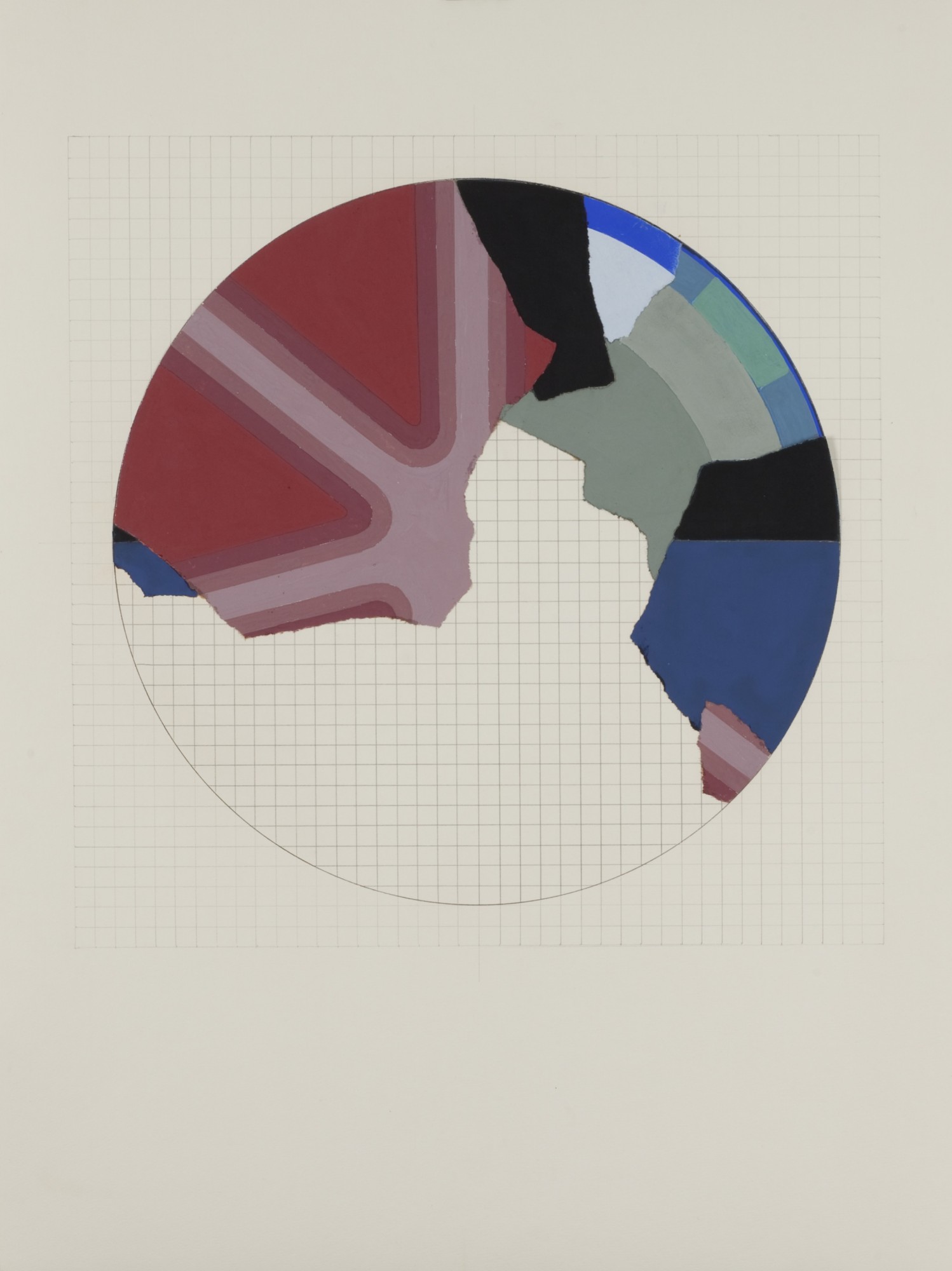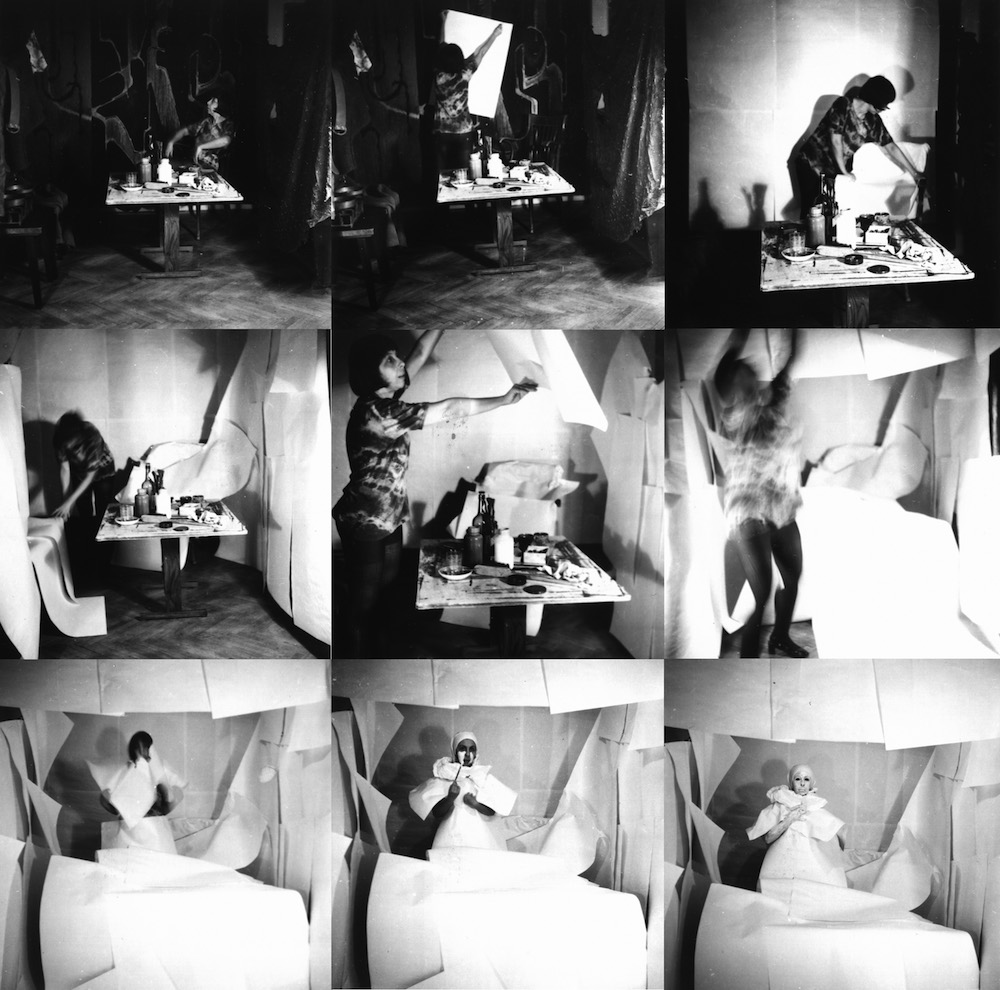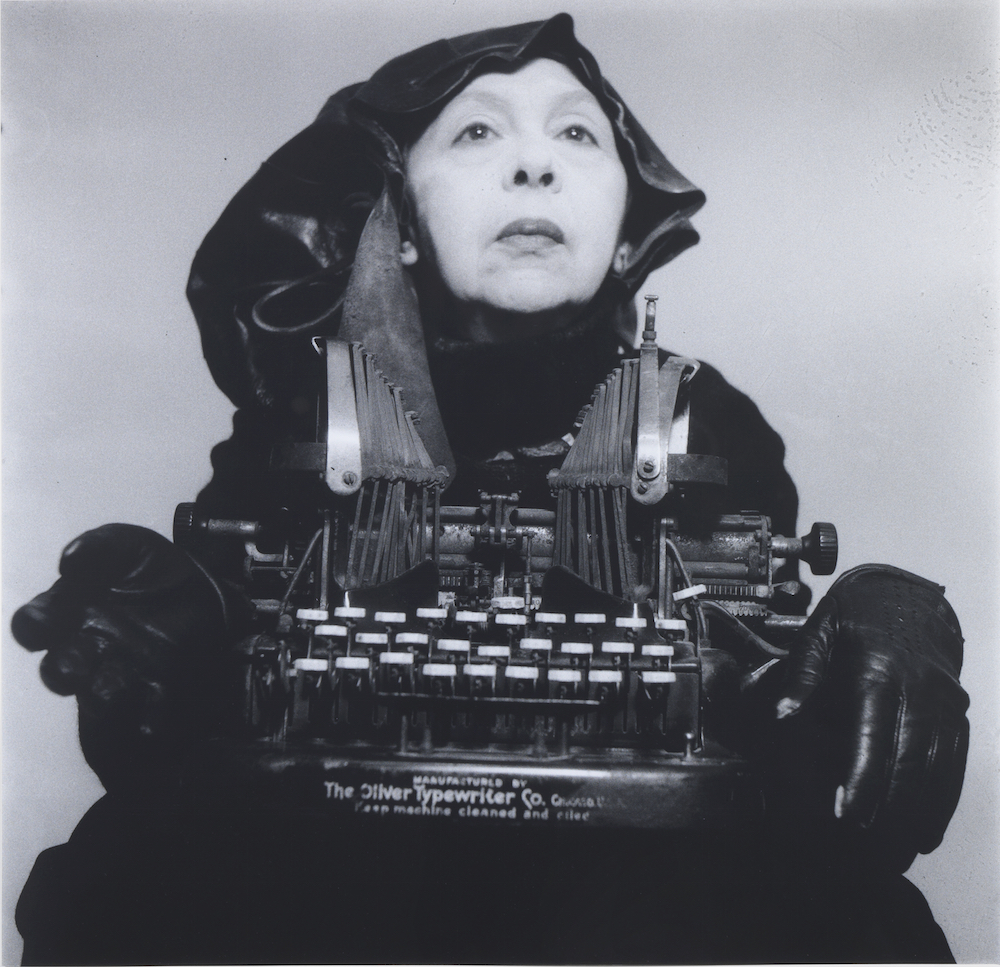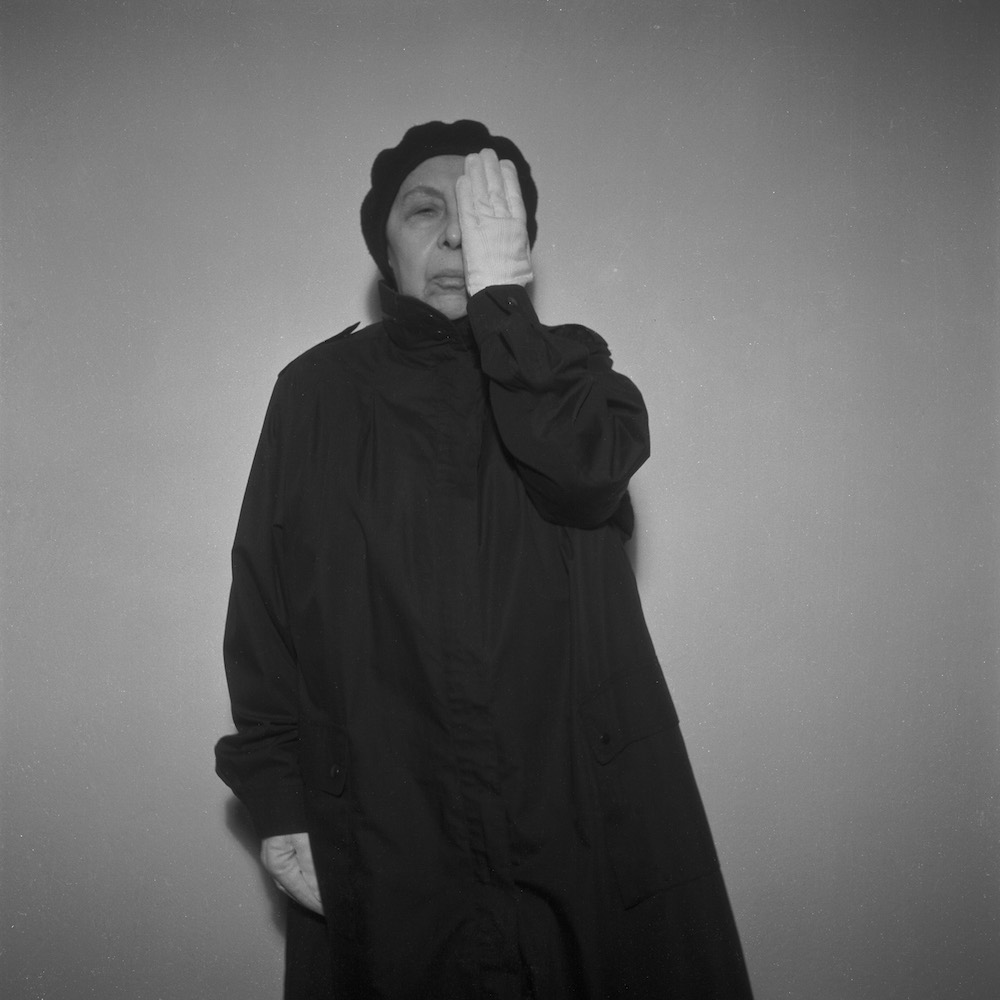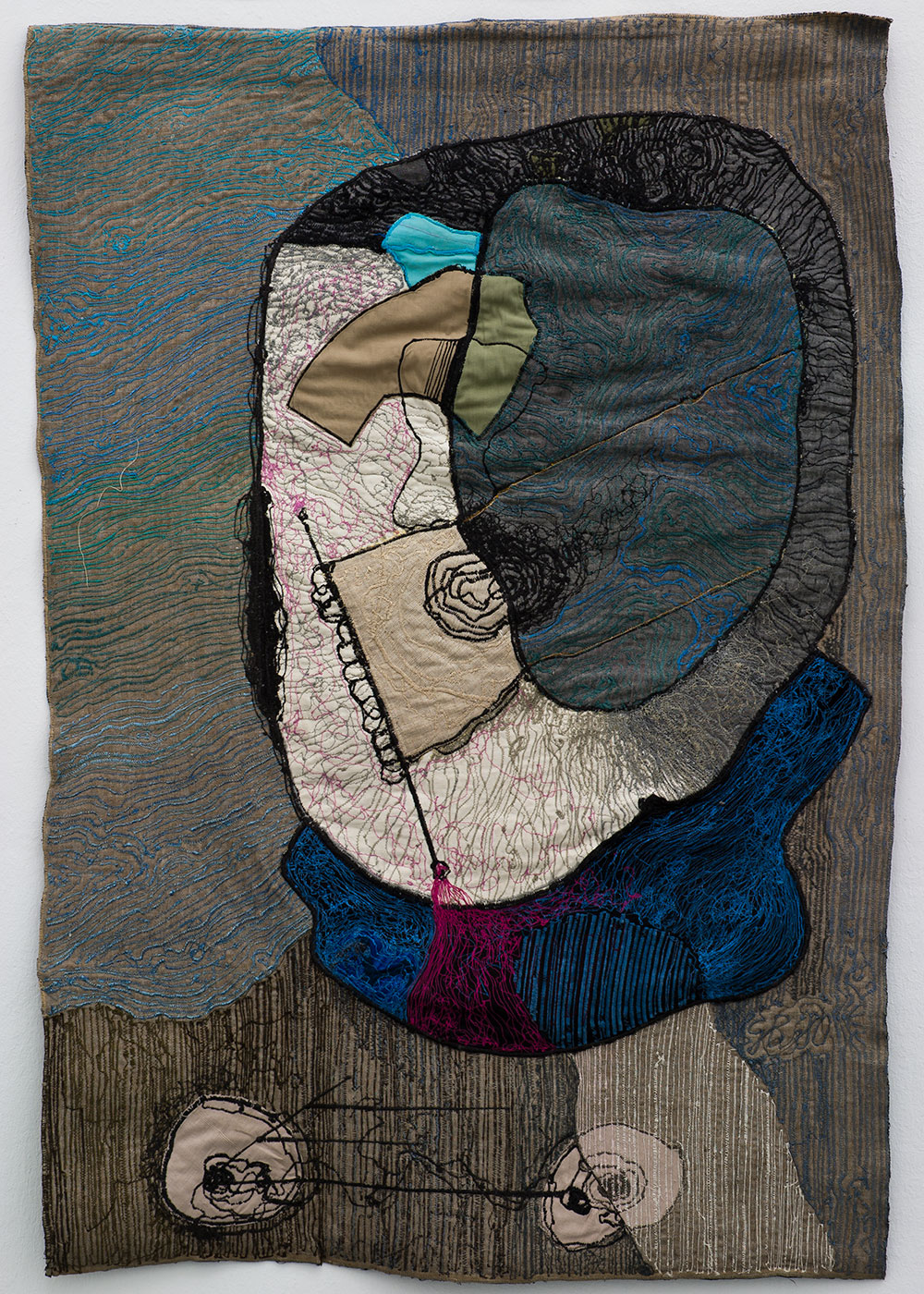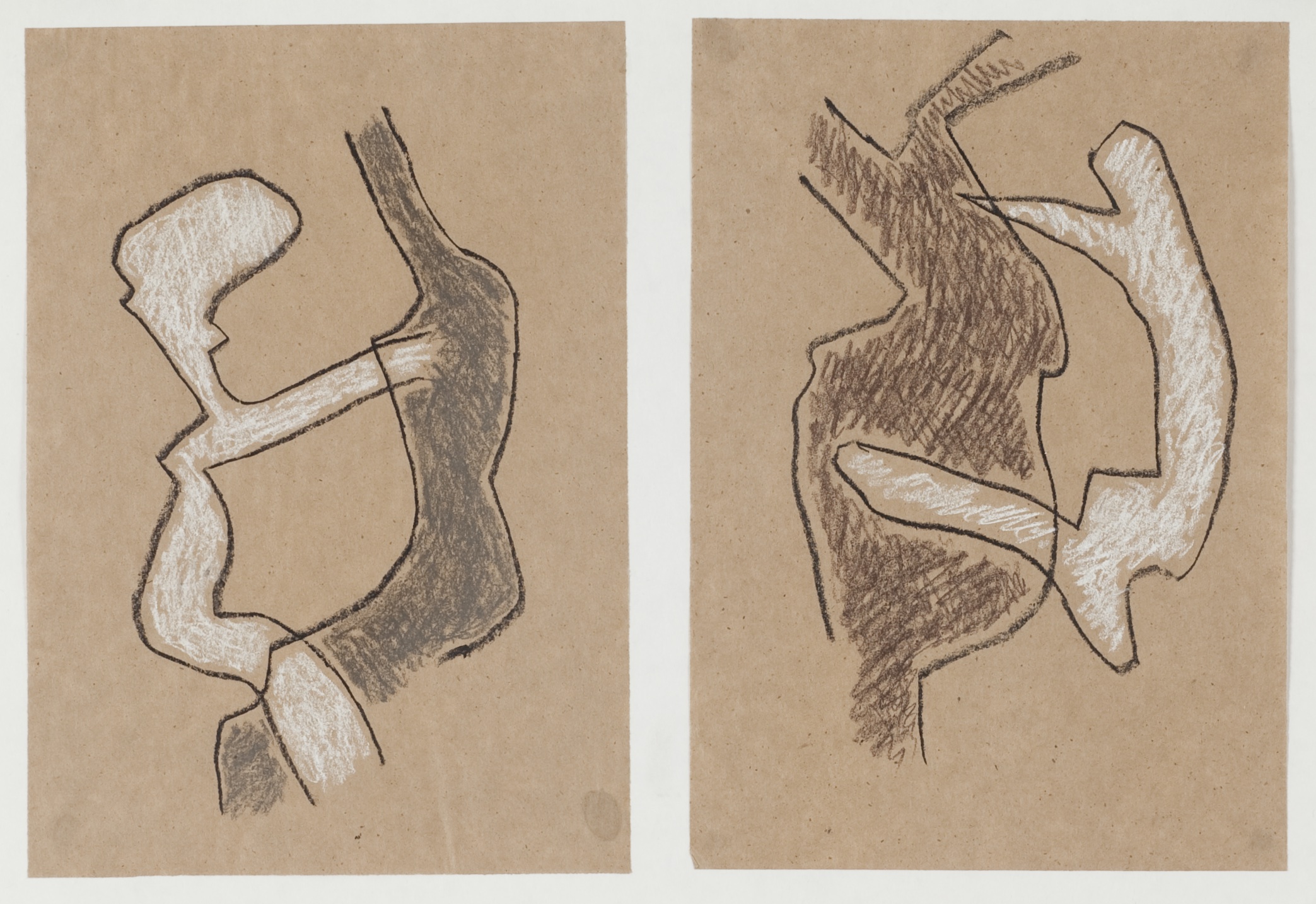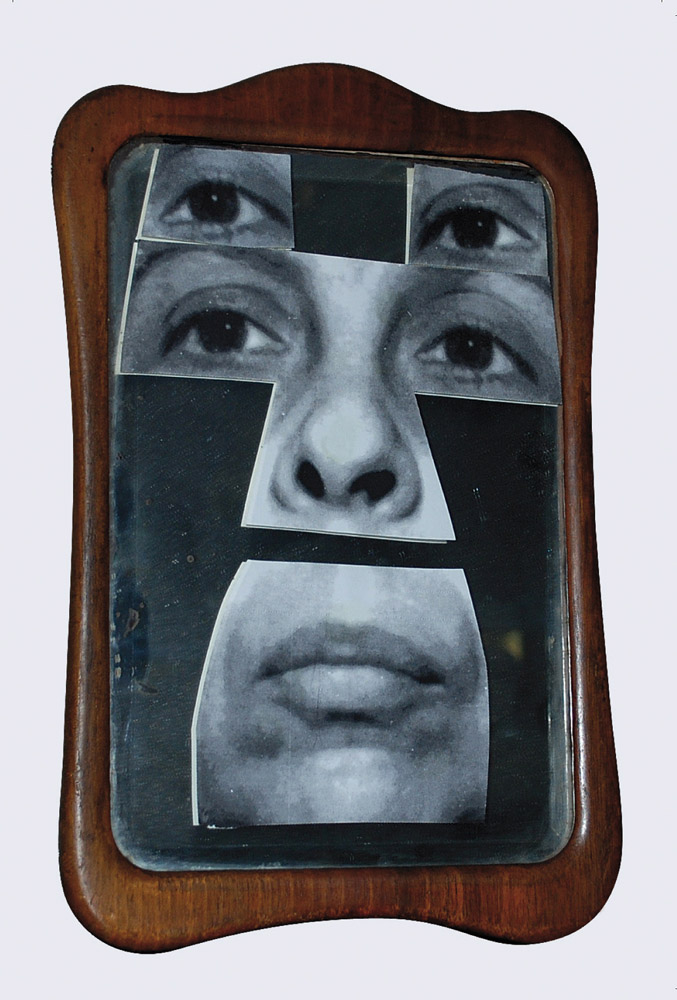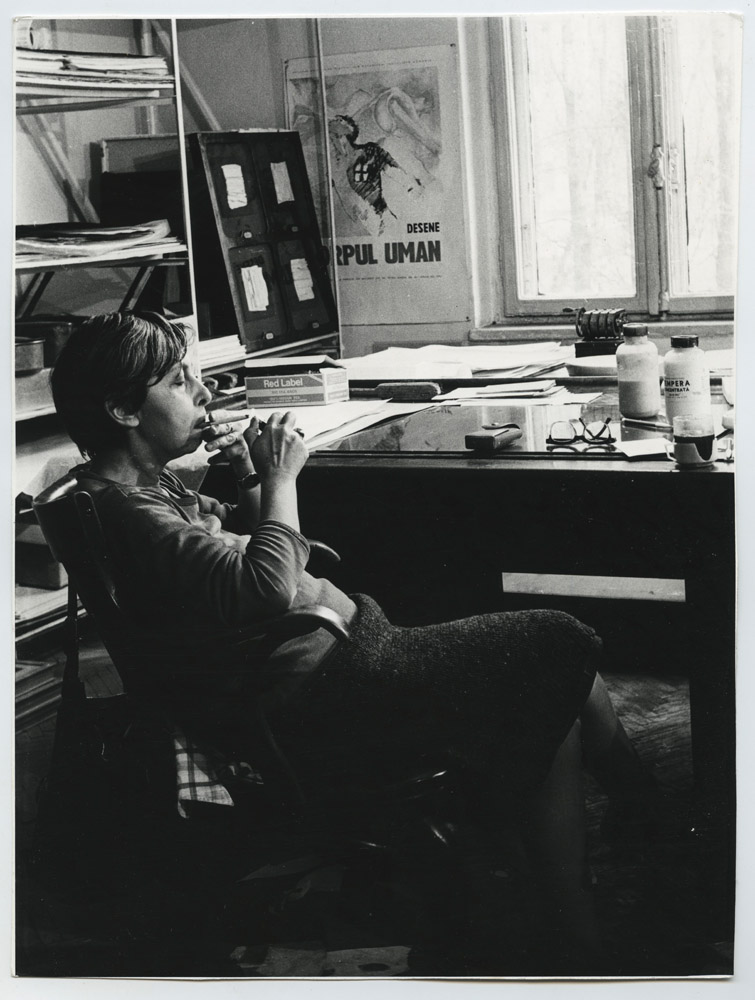Geta Brătescu: Romania’s remarkable avant-garde artist is more resilient than ever
It’s late on a Friday, yet I find Romanian artist Geta Brătescu, who just turned 91 in May, working on a colourful collage at the desk in her studio in central Bucharest.
This year, the Romanian pavilion at the Venice Biennale of Art is exclusively dedicated to Brătescu’s 70-year career, over which she’s produced an impressive array of film, photography, installation, tapestry, illustration, drawing and collage. A retrospective of her work was exhibited at London’s Camden Arts Centre, but her works have also appeared at Documenta in Kasserl and Athens — and that’s counting this year alone.
“What a doctor does in medicine, I did in art.”
Boasting an extensive body of work and having gained fame only late in a long career, Brătescu has often been compared to French-American artist Louise Bourgeois. But Brătescu is unique not only in her background, but also in her approach to art. Although she is pleased that her work fills museums worldwide, from MoMA in New York to Tate in London, the artist seems more focused on what she does here and now, in her studio.
Four of her latest works created over the past week are placed on the desk, some standing, some lying among the pencils, paper and catalogues arranged in an orderly yet loose manner. One of them is the slightly unflattering figurative drawing of an acrobat, which she describes as “mean”. Each one of her drawings is imbued with personality: “Why not amuse yourself a bit?”, she asks with a cheeky look.The others are collages that continue the line she started in 2009, with the series Game of Forms and a technique she calls “drawing with scissors”.
But Brătescu is still tireless. “At my age, I can work as a young person,” she says slowly yet surely. “I’m not boasting… I notice it… And those around me can notice it too,” Brătescu adds. “I wake up in the morning and I sit here and I work.” I ask her when she gets up from the desk. “It depends, if a piece inspires me, I stay until later; if I finish sooner, I will move onto something new.” So you never leave your works unfinished? “No,” she answers without hesitation.
Geta Brătescu, Le Theatre des Formes (2011). Image: Ivan Gallery, Bucharest/Galerie Varbara Weiss, Berlin
“A project gets created at the work desk, not in the head. Art is form.”
She used to travel to a studio elsewhere in town, which now belongs to another MoMA favourite, Romanian contemporary artist Dan Perjovschi. Due to her own bad health, Brătescu converted her mother’s former room into a studio. She rarely leaves the house anymore. “But I am not saddened by it,” she adds matter-of-factly. She lives on a quiet street of one- and two-storey 1930s houses. Big bushes of pink and red roses bloom outside the window.
While we speak, Brătescu’s gallerist, Marian Ivan, organises her drawings in the studio, sometimes helping the artist find her words and at other times her works. He keeps track of all of her exhibitions. They’ve been collaborating for ten years now and seem very comfortable with each other. Brătescu has never been outgoing. “I didn’t have a life of ‘let’s see each other, let’s go to a restaurant,’” she explains. “I had a man, I had a child and I had a studio. That was it.” And now? “I don’t have a man anymore because he is up there in the skies. I don’t have a boy anymore because he is in Toronto. I have what you see.”
Brătescu was noticed at a young age, and had her first solo show at 21. Romania’s art scene was dominated by the socialist realist aesthetic at that time. Following Stalin’s death and the withdrawal of the Russian army from Romania, the regime had loosed its grip by the late 1950s. Although the official aesthetic still leaned towards nationalistic kitsch — a mix of socialist realism with Romanian folk art — artists embracing other visual languages and styles such as Brătescu had more freedom to create, exhibit and travel. Her kindred spirits came a generation later and included Romanian-British visual artist and sculptor Paul Neagu, whom Anish Kapoor declared “an inspiration”; Ana Lupas, whose work is in Tate Modern’s permanent collection; and another MoMA favourite, conceptual artist Ion Grigorescu. The younger Perjovschi wrote that although Brătescu is “one of us [Romanian artists],” she has gone “above us all”.
For many decades she was involved with the art magazine Secolul XX, now Secolul XXI (which translated into English as The 20th Century, then The 21st Century) as a graphic designer. The publication, founded in 1961 and publishing art and literature from all over the world, was a “free world”, in her words, and got international acclaim, such as the 1987 UNESCO Biennale prize for “The best literary and art magazine in the world”, awarded at the Centre Georges Pompidou in Paris.
Unlike her other colleagues, Brătescu felt free under communism. Although a year after her first solo show, and following the government’s declaration of “class war”, she was expelled from the Bucharest Academy of Fine Arts in 1948 — 1949 because of her middle-class origins, questions about the regime now bore her. She joined the Romanian Artists’ Union in 1957 and resumed her studies later in 1969. As a member of the Union, she recalls unresentfully that, “They asked for drawings of working people and I went to the plant and made interesting works there.” Now she says she enjoys using McDonalds bags and Ronald McDonald the clown in her art.
“All isms bother me.” Why? “Just like that,” Brătescu says, smiling at her own playfulness. Do you find them constraining? “You are either inspired by an idea or you impose an idea. It’s simple. Liberty gives results.”
As the world screams feminism in art galleries and even in glossy magazines, Brătescu sees the movement as a uniform. For the artist, her early 1980s series of tapestries Portraits of Medea, depicting the ancient Greek sorceress who took revenge on her husband for leaving her by killing him and his new lover, as well as her own children, is just that — “a tale”. Ivan makes a reference to the ban on abortion in communist Romania but she dismisses any political connotations, concerned with deflecting my insistent questions rather than contradicting Ivan.
For Brătescu, using her own body in her art too is apolitical. In her 1978 film The Studio, she at one point pulls the jumper over her eyes and plays blindman’s buff. Playfulness and a lack of self-consciousness comes across in all her self-portraits. Brătescu says she simply finds self-portraits to be “convenient”; rather than calling a friend, she “calls a mirror”, in which she now sees that she’s getting old.
Brătescu enjoys looking at her past works. There is no past work she doesn’t like. I ask her whether she still likes them all. “Yes, why not? I made them with pleasure”, she says, showing me the life drawings she keeps in her A3 album. On one of the cupboards in the studio, the card of a blue cut-out nude by Matisse stands out. Is he one of the artists who inspires her? “I don’t think about any artists”, Brătescu laughs. “I travelled, I saw museums, I went to art school, I read about art… What a doctor does in medicine, I did in art.” Things are as they are and to Brătescu any questions beyond the technical process seem to be extraneous. Addressing me as duduie, an archaic Romanian literary term meaning “young lady”, Brătescu says, “Duduie, projects get created by working. A project gets created at the work desk, not in the head. Art is form.”
Geta Brătescu, Romanian Pavilion, 57th Venice Biennale
In her technique, Brătescu is a traditional artist. It’s her play and freedom that make her a conceptual artist. Her credo can be narrowed down to this: “The studio is a space for freedom. You have one sole limit — that what you do is well-made. That’s it.” In a world in which many claim that their works are more than they are, it’s refreshing to have someone claim they’re less. And work hard at them.
As I leave the house, Brătescu resumes her work at the desk.
Text: Paula Erizanu
Image: Stefan Sava
